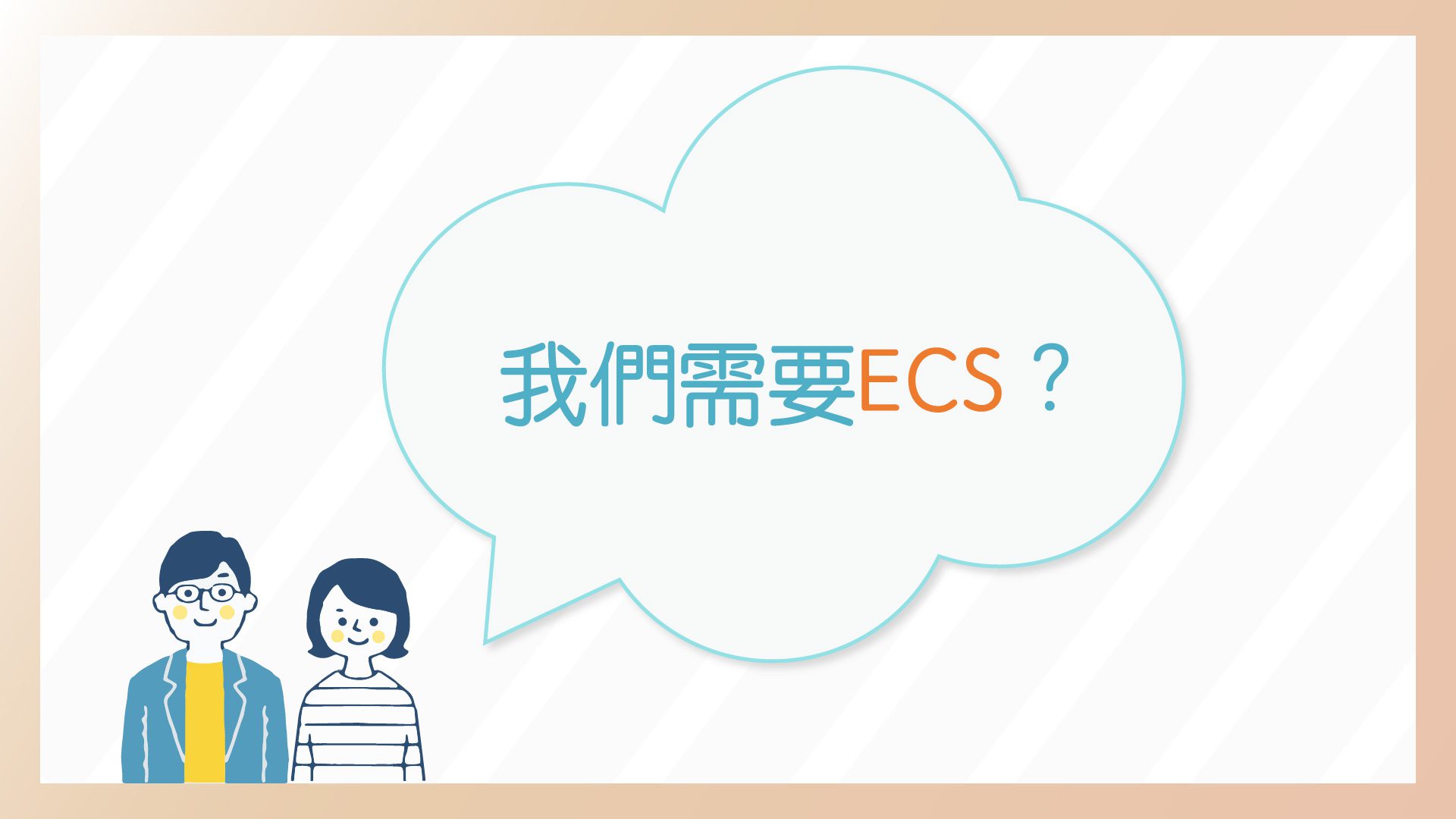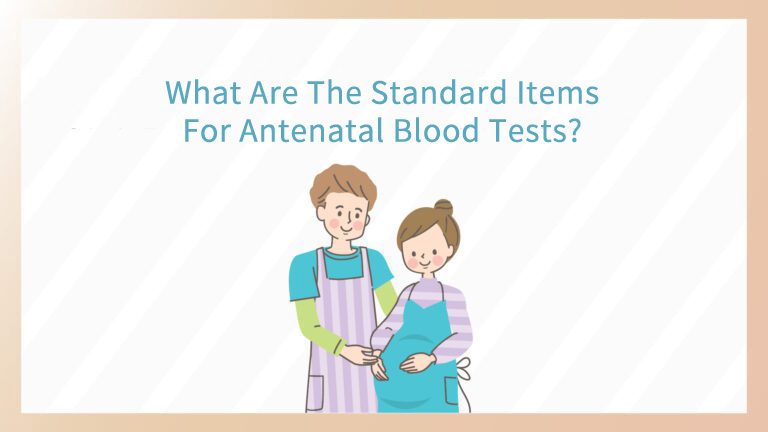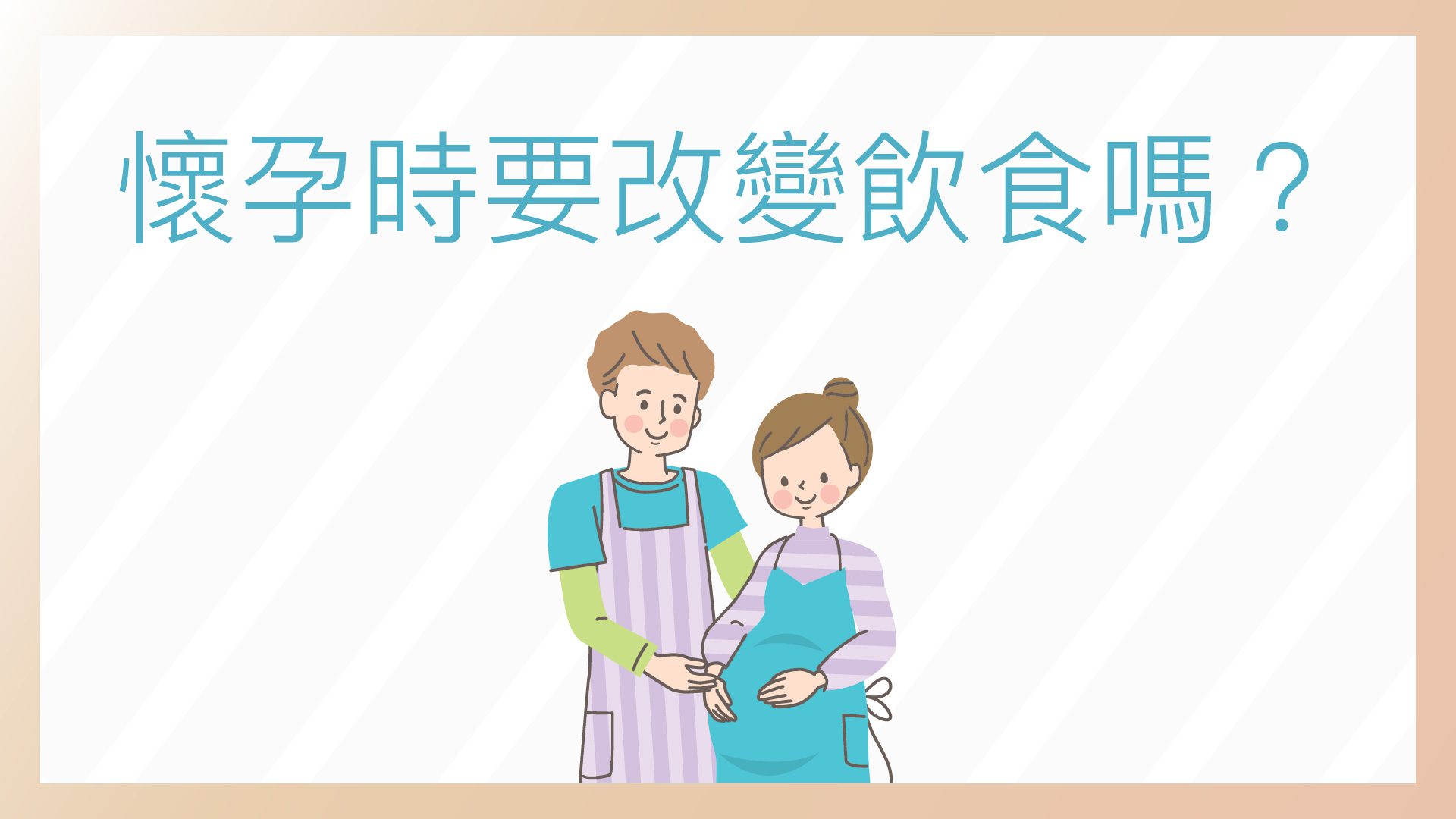(I) Normal Vaginal Delivery
Normal Vaginal Delivery includes the assistance of childbirth and the use of Episiotomy and local anaesthesia if necessary.
The aim of Normal Vaginal Delivery is to ensure a smooth and safe delivery. The midwife or the doctor will coach and support you during the labour and the delivery. Your labour will be allowed to go naturally. However, the doctor may give you medication to hasten the progress of your labour or rupture the membranes artificially if necessary. Various methods for pain relief will be arranged according to your choice. Episiotomy may be applied according to your needs. During normal vaginal delivery, there are chances of injury to the mother (such as perineal tear) or injury to the baby (such as bleeding in the scalp or bone fracture). After vaginal delivery, the placenta will be delivered and examined by midwives or your doctor. A small chance of retained placental tissue or membranes may still be possible even if the placenta is complete on examination. Therefore, postnatal follow up is important for assessment of symptoms. Medication or surgery may be required in suspected cases.
Methods of Pain relief during labour:
-
Physical means with control of breathing and relaxation techniques
-
Breathing of Entonox gas via a face mask. The gas may cause dizziness, nausea and vomiting.
-
Imtramuscular pethidine injections. The drug may cause sedation and respiratory depression in the mother and the baby.
-
Epidural anaesthesia
Epidural anaesthesia is performed by anaesthetists. The doctor inserts a needle in between the bones of the spine which allows the insertion of a small plastic catheter into the epidural space. The needle is then removed and anaesthetic drugs are injected through the catheter. These drugs move across the dura into the spinal canal and temporarily stop the spinal nerves from working, so that sensation and movement in the area supplied by the nerves do not occur. When the effect of the drugs wears off, sensation and movement will return. If you require Caesarean section eventually, more drugs may be injected via the epidural catheter to allow you to have the operation performed under epidural anaesthesia. Around 12% of women in labour in Hong Kong have epidural anaesthesia for pain relief.
Complications of Epidural anaesthesia:
In general, epidural anaesthsia is relatively safe. The side effects and complications associated with epidural anesthesia can be classified into very common, common, not common, rare and very rare, according to the chance of occurrence:
| Very common | Common | Not Common | Rare | Very Rare |
| 1 in 10 | 1 in 100 | 1 in 1,000 | 1 in 10,000 | 1 in 100,000 |
Very common and common side effects:
-
Self limiting headache
-
Self limiting back pain
-
Transient voiding difficulty
-
Generalized itchiness
-
Dizziness
-
Fever
-
Tremor
-
Transient weakness of lower limbs
-
Nausea and vomiting
-
Low blood pressure
Rare or very rare side effects:
-
Spinal or epidural haematoma
-
Epidural abscess or infection
-
Cranial nerve palsy
-
Systemic local anaesthtic toxicity
-
Cardiac arrest
Episiotomy:
-
Description:
An episiotomy is a surgical cut made at the perineum (the area between the vagina and anus). It is usually done with scissors under local anaesthesia. -
Aims:
-
To enlarge the birth opening and prepare the baby for normal delivery or assisted delivery.
-
To prevent damage to tissues at the vagina and perineum. If the vaginal opening is narrow or the baby is big, the delivery process may cause a jagged tear at the perineum or vagina, which is more difficult to sew up than a straight episiotomy.
-
-
Risks and Common Complications:
-
Bleeding: There will be bleeding from the cut wound, especially if there is extensive network of blood vessels at the perineum. Clinically, the doctor will assess the need and determine the size and site of episiotomy in each delivery.
-
Sensitivity to the local anaesthetic: In most of the cases, the episiotomy is done under local anaesthesia. If you are or suspected to be sensitive to any anaesthetic agent, please tell the doctor or midwife beforehand.
-
Haematoma: A mass produced by bleeding from an injured blood vessel into the surrounding tissues of the wound. Frequent observation of the wound will be made after suturing. If there is haematoma formation, the doctor will determine whether surgical evacuation under general anaesthesia is required according to its size and site.
-
Infection (Around 2-3%): Usually mild, may need antibiotics and regular wound care.
-
Wound healing problems: The episiotomy is usually sewed up with absorbable suture materials. Several factors affect the healing of the wound, e.g. the reaction of the tissues to the sutures, the cleanliness of the wound and the method of suturing. The wound has to be washed everytime after going to the washroom in order to reduce the chance of infection. Daily activities or postnatal exercises will not affect the healing process. On the contrary, exercise will increase blood circulation and help the healing of the wound. Around 1% mothers require re-suturing of the wound, and this procedure is usually done under general anaesthesia.
-
Rare risks of vaginal delivery:
-
Severe postpartum bleeding: This refers to bleeding more than 500ml, possible causes include amniotic fluid embolism, retained placenta, placental abruption, very short labour, multiple pregnancy, uterine atony, bleeding from perineal wound etc. blood transfusion will be given if bleeding is heavy. If bleeding cannot be controlled, pelvic vessel embolization or hysterectomy as a means of life-saving procedure may be required.
-
Fetal Risks: Fracture clavicle, fracture humerus or fracture femur.
-
Fetal Risks: Fracture clavicle, fracture humerus or fracture femur.
-
Placental Abruption (Separation)
Abruption is defined as bleeding following the premature separation of a normally sited placenta. The incidence is around 5% of all pregnancies. Symptoms are vaginal bleeding and abnormal painful contraction. Sometimes it can be asymptomatic, and the condition is noted only after delivery when blood clots are found in the placenta. However, placental bleeding can lead to fetal distress, and in severe cases cause fetal hypoxia and maternal shock, or even maternal / fetal death.
(II) Assisted Vaginal Delivery
Assisted Vaginal Delivery includes the use of Vacuum Extraction or Obstetric Forceps. The aim of Assisted Vaginal Delivery is to shorten the delivery process so as to ensure a smooth and safe delivery. The doctor will apply whichever is necessary according to your needs in order to achieve a safe vaginal birth.
Indications:
-
Prolonged second stage of labor (From the time when the cervix is fully dilated to delivery of the baby).
-
Fetal distress (Abnormal fetal heart beat)
-
The mother cannot exert too much effort because of certain medical diseases e.g.: very high blood pressure.
Local anaesthesia and an episotomy are often used while performing assisted delivery. You are requested to push during contractions to facilitate the doctor. The doctor and midwife will provide information and support to you throughout the delivery.
|
Vacuum Extraction |
Obstetric Forceps |
|---|---|
|
Description :
|
Description :
|
|
Risks and Common Complications :
|
Risks and Common Complications :
|
(III) Induction of labour
-
Description:
-
Use of drugs (either by vaginal pessary or intravenous infusion) to ripen the cervix and to stimulate the uterine contractions
-
Artificial rupture of membranes
-
-
Indication(s):
-
Complicated pregnancy such as hypertension, impaired glucose tolerance, antepartum haemorrhage
-
Post-term
-
Intrauterine infection
-
Decrease placental perfusion
-
Intra-uterine growth retardation
-
Fetal anomaly
-
Suboptimal heart rate / fetal distress
-
Social reasons
-
-
Risks:
-
Hyperstimulation leading to rupture of uterus and fetal distress
-
High risk of rupture of uterus in mothers with a previous uterine scar
-
Uterine atony after delivery, postpartum haemorrhage
-
Higher risk of Caesarean section including a risk of failed induction
-
(IV) Special follow up:
A postpartum examination will be done at 6 weeks after delivery.






